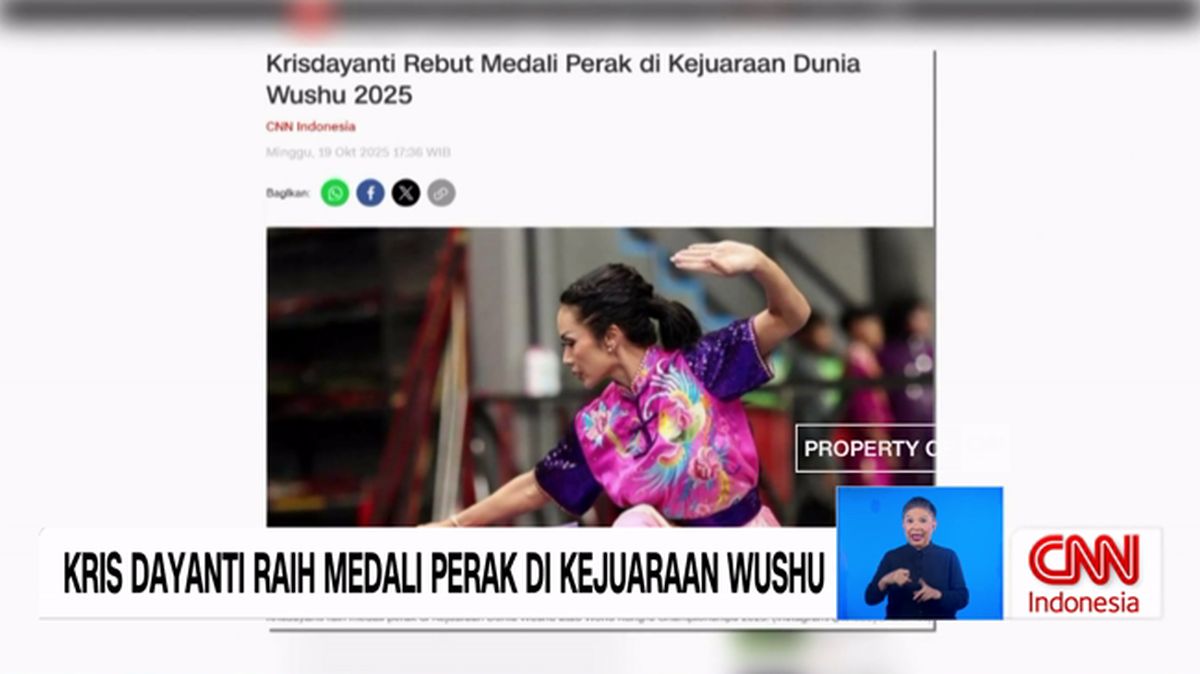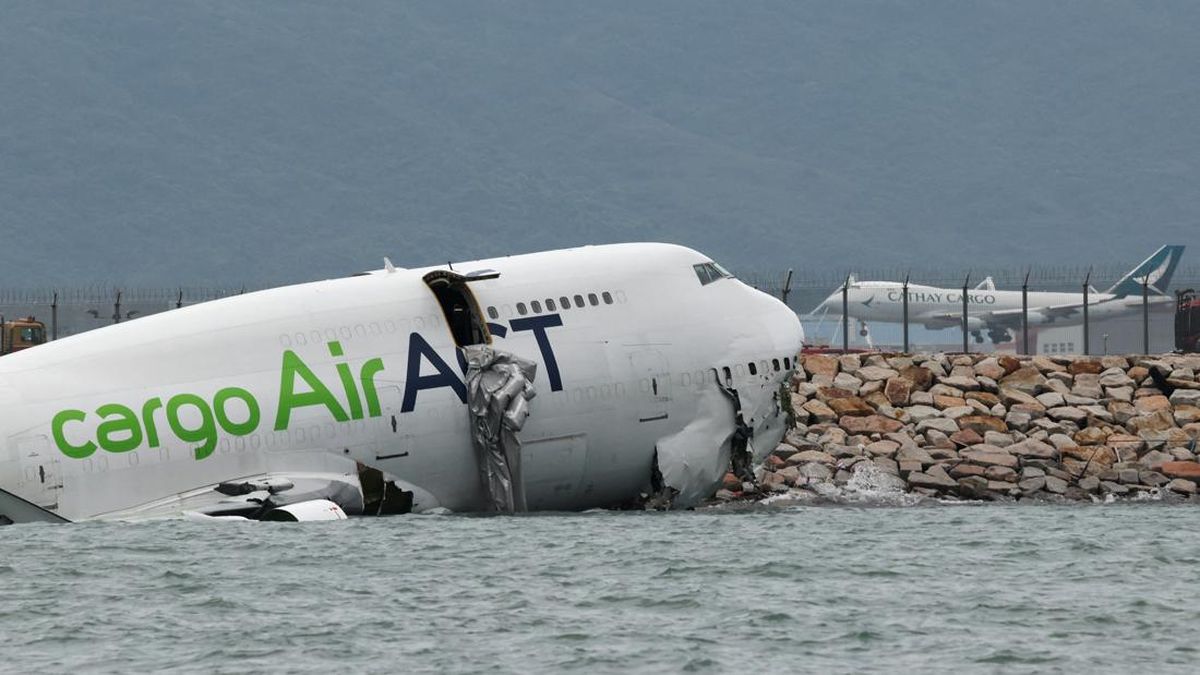Opinion
October 20, 2025 — 12.02pm
October 20, 2025 — 12.02pm
When JPMorgan Chase’s Jamie Dimon talked about cockroaches last week, he hit a raw nerve within the increasingly complex global financial system.
The reference came after the Wall Street banking giant disclosed a $US170 million ($261 million) charge flowing from the bankruptcy of US sub-prime auto lender Tricolor.
“My antenna goes up when things like that happen,” Dimon said. “And I probably shouldn’t say this, but when you see one cockroach, there are probably more.”

America’s most influential banker sent markets on edge with his “cockroach” warning.Credit: Bloomberg
After the $US10 billion-plus collapse of a US autoparts group First Brands, the Tricolor failure and losses within two US regional banks that claim to have been defrauded, it isn’t surprising that there is increased nervousness about the state of the financial system, or that Dimon’s comments sparked new volatility in US financial markets last week.
Before Donald Trump’s comments on Friday that his 100 per cent tariff of imports from China wasn’t sustainable, there was a sell-off occurring in the US sharemarket, and bond yields were sliding as investors scrambled for safety.
The disparate nature of the forces moving markets last week highlight their fragility.
Whether it’s Trump’s tariffs, or concerns about the sustainability of the artificial intelligence-buoyed sharemarket bullishness, or fears that a sudden spate of messy corporate failures betrays a larger problem, investors have become evermore sensitive to any development.
History suggests that when too much money is lent to companies with poor creditworthiness, or too much money is invested too quickly in particular sectors, it rarely ends well.
In the total scheme of things, taking into account the size of the global and US financial systems – the global system’s total assets could be more than $US500 trillion and America’s are estimated at around $US80 trillion – the loan losses emanating from First Brands, Tricolor and the US regional banks are inconsequential. JPMorgan’s total assets alone are more than $US4 trillion.
Dimon’s comments, however, resonated because they speak to long-standing concerns about the way the global financial system has developed since the 2008-09 financial crisis.
Before that crisis, the financial system was split fairly evenly between banks and non-banks. Since then, while the share of the system held by banks has, according to the Bank for International Settlements, grown from 164 per cent of global GDP to 177 per cent, that of the non-banks has exploded from 167 per cent to 224 per cent.
Loading
With the banks corralled by increased capital and liquidity requirements, the system is now dominated by asset managers, private equity firms, hedge funds, insurers, private credit providers and other non-bank financiers that are far less regulated and whose activities aren’t anywhere near as transparent.
While banks might originate and arrange loans, they now increasingly distribute the debt to non-bank institutions and managed funds rather that hold capital-intensive assets on their own balance sheets.
In many respects, by distributing risk and diversifying exposures to it, the post-GFC architecture of the system ought to reduce systemic risk. The fear is that the concentrations of risk have just been moved elsewhere and contagion within a particular non-bank sector might still be a threat to overall financial stability.
There’s also a concern, evident in the recent corporate failures and the allegations of fraudulent activity, that the responsibility and accountability for assessing credit risks have been diluted by the changes in the way loans are now made.

Markets have become concerned about the risks from shadow banking to the financial system.Credit: Bloomberg
Banks are less concerned about credit quality when they are passing off the risks to a range of third parties.
Non-banks don’t necessarily have the risk-evaluation experience or systems to screen credit risks and, in any case, when holding just a slice of a loan within a diversified portfolio of sliced and diced loans funded by other people’s money, they have less motivation to focus on the risk of the individual tranches of loans someone else has arranged and sold down.
In a post-GFC, post-pandemic environment of loose monetary policies and easy access to cheap money, credit standards and the pricing of risk have become less top-of-mind. Spreads in the junk bonds market have been compressed to the point where there isn’t that much of a distinction between creditworthy borrowers and the riskiest.
Financings have also become more complex. First Brands tapped multiple funding markets, from banks, private credit, the leveraged loan and collateralised debt markets and receivables financing.
Loading
With too much money from too many sources chasing a finite number of opportunities, it shouldn’t be surprising that underwriting standards are being questioned within a system where there’s no compelling incentive to devote the resources to scrutinising credit quality, when portfolio approaches to risk management with non-bank funds make individual credit risks immaterial.
Easy money and competition make for an uneasy and potentially combustible mix, particularly if risks are rather than being concentrated in individual banks or non-banks, concentrated within a sector. That’s why there has been increased discussion about the rate of growth in the private credit sector, the $US2 trillion market for collateralised loan obligations and other forms of leveraged lending.
Bank “runs” may have been made less likely by the tougher regulatory regime introduced after the financial crisis - although the Trump administration is trying to roll back some of that regulation in the US - but it is conceivable that there could be a contagion-driven a run on non-bank funds if enough “cockroaches” emerge from within the shadow banking sector -- contagion that could have spillover effects for the banking system.
While the US Federal Reserve Board has started to cut interest rates, it has also been unwinding the splurges of cheap credit it injected into the system in the aftermath of the financial crisis and, again, in response to the pandemic. Instead of quantitative easing, the system is now experiencing quantitative tightening.
Loading
It is instructive that banks were accessing the Fed’s short-term lending facility last week, an indication of liquidity pressures, given that they can normally borrow more cheaply in the market. The era of excess credit might be finally nearing its end.
The recent spate of corporate collapses, and the absence of lenders’ due diligence that they suggest, may be a sign that the non-bank debt market has over-heated and that companies were given credit that they should never have received on terms that didn’t reflect the risk.
There’s always a concern about financial bubbles. There may be a bubble in private debt markets. There’s probably one in AI-related stocks and investment, and that has been driving what may be a bubble in the overall sharemarket.
It’s impossible to say how threatening these developments might be. There’s too little transparency in the shadow banking sector and too little understanding of the potential returns from the massive investments in AI and the data centres to support the technology to come to any conclusions.
History suggests, however, that when too much money is lent to companies with poor creditworthiness, or too much money is invested too quickly in particular sectors, it rarely ends well.
The Business Briefing newsletter delivers major stories, exclusive coverage and expert opinion. Sign up to get it every weekday morning.
Most Viewed in Business
Loading


















































